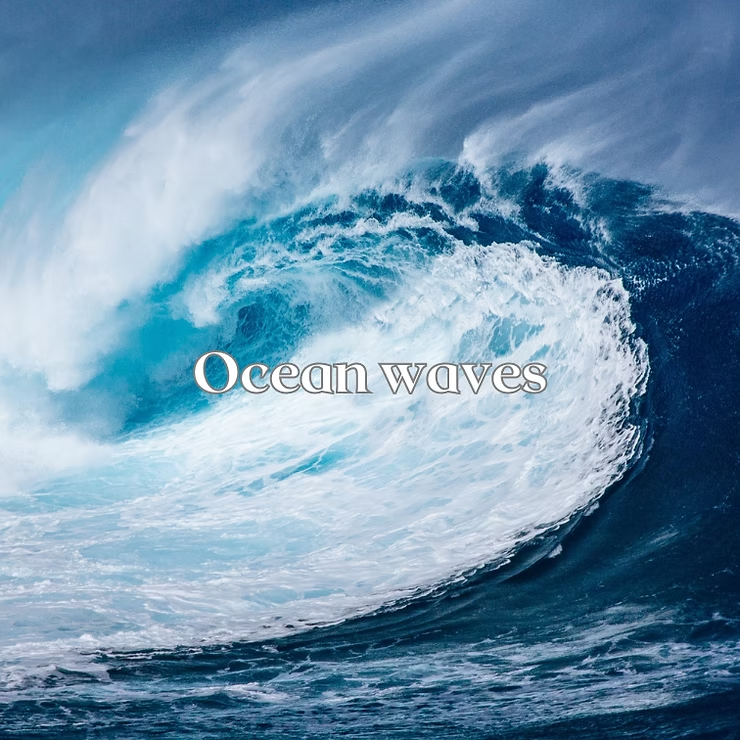Introduction
Ocean waves are one of the most captivating natural phenomena seen across the globe. Beyond their beauty, waves play an essential role in regulating Earth’s climate and shaping coastlines. By exploring the science behind their formation, we gain insight into how the ocean, wind, and seafloor interact to create the moving patterns we observe daily.
Key Takeaways
- Waves are created by the transfer of energy from wind to water.
- Wind speed, duration, and fetch influence wave size and strength.
- Waves can travel thousands of miles, carrying energy across oceans.
- The ocean floor affects how waves behave, refract, and break.
- Wave height is directly linked to the amount of energy carried.
The Science Behind Ocean Waves
What Causes Waves?
The primary driver of ocean waves is wind. As wind blows across the surface, friction transfers energy into the water, forming ripples that build into waves. Stronger winds blowing longer over greater distances generate larger, more powerful waves. The seafloor also plays a critical role. When waves approach shallow water, sandbars, or reefs, they slow, change direction, and may break dramatically.
The Role of Wind
Wind speed, duration, and fetch determine a wave’s size and strength. A gentle breeze may only produce ripples, while sustained gales can create massive rolling swells. Consistent winds push waves in a set direction, while shifting winds alter their shape and path. The longer the fetch, the greater the potential for large waves.
How Waves Travel
Once generated, waves can journey thousands of miles across the ocean. Contrary to appearance, water does not move across this distance; instead, energy moves through it. Water particles follow circular orbits, rising and falling as energy passes forward. This explains why storm-generated swells can reach faraway coastlines long after the storm has passed.
Influence of the Ocean Floor
The ocean floor’s contours shape wave behavior. Features such as ridges, reefs, and steep slopes refract, reflect, or amplify waves. This explains why some surf spots consistently produce powerful, well-formed waves. Scientists study bathymetry, the mapping of ocean depths, to predict how waves will behave in different regions.
Wave Height and Energy
Wave height is a visible measure of stored energy. Because energy is proportional to the square of wave height, doubling a wave’s height results in four times the energy. This explains the destructive potential of storm-driven waves, which can erode coastlines and threaten human activity at sea.
Conclusion
Ocean waves embody the interplay between wind, energy, and the seafloor. They can travel across entire ocean basins, shaping coastlines and influencing climate. By understanding the forces behind them, we gain greater appreciation for their power and importance. Next time you watch waves roll onto shore, remember you are witnessing a dynamic transfer of energy that connects distant parts of our planet.
Frequently Asked Questions
What causes ocean waves?
They are primarily caused by wind transferring energy to the water surface.
How do waves travel?
Waves move energy forward while water particles follow circular motions without significant horizontal displacement.
Does the ocean floor affect waves?
Yes, underwater features like reefs and sandbars can refract, amplify, or break waves.
What determines wave height?
Wave height depends on wind strength, duration, fetch, and the energy transferred.
Can waves be dangerous?
Large waves pose risks to swimmers, surfers, and coastlines, especially during storms.
Are there different types of waves?
Yes, including wind waves, swell, rogue waves, and tsunamis, each formed under different conditions.

